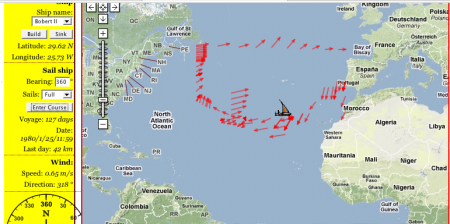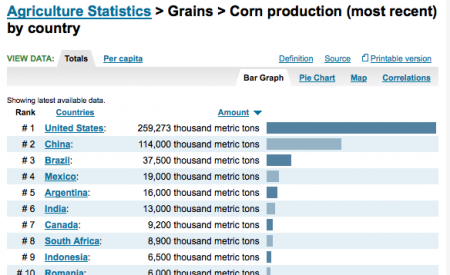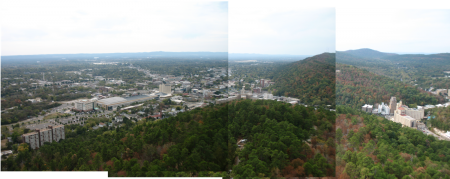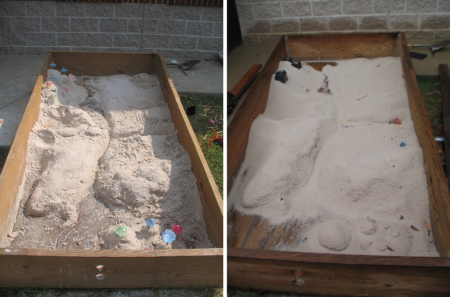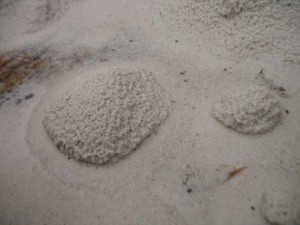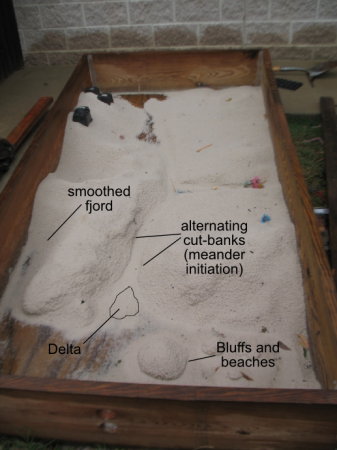
Most of the exploration we studied this cycle were European expeditions. One group wanted to do something a little different, so I suggested they look in to Chinese explorations of other parts of the world. There was much Chinese commerce across the Indian Ocean, and in a non-Christian twist on the “God” theme for exploration, the Chinese brought Buddhism back from India in the third century AD (we’re studying exploration under the themes of God, Gold and Glory).
Another interesting aspect of research into Chinese exploration is the rather controversial work by Gavin Menzies that suggests that great Chinese fleets explored the Americas and circumnavigated the globe in the 1420’s, a long time before Columbus and Magellan.
There is a lot of evidence that there was no such Chinese expedition, but it’s a fascinating hypothesis and, in a way, very similar to the All About Explorers project: although Menzies’ work is not an intentionally educational hoax. Indeed, it is much more subtle and much more detailed. My favorite line of critique asserts that Menzies’ books, “.. may well prove to be the Piltdown Man of literature.” I don’t know if I’ll have the time to try to unpack that one for my students.
